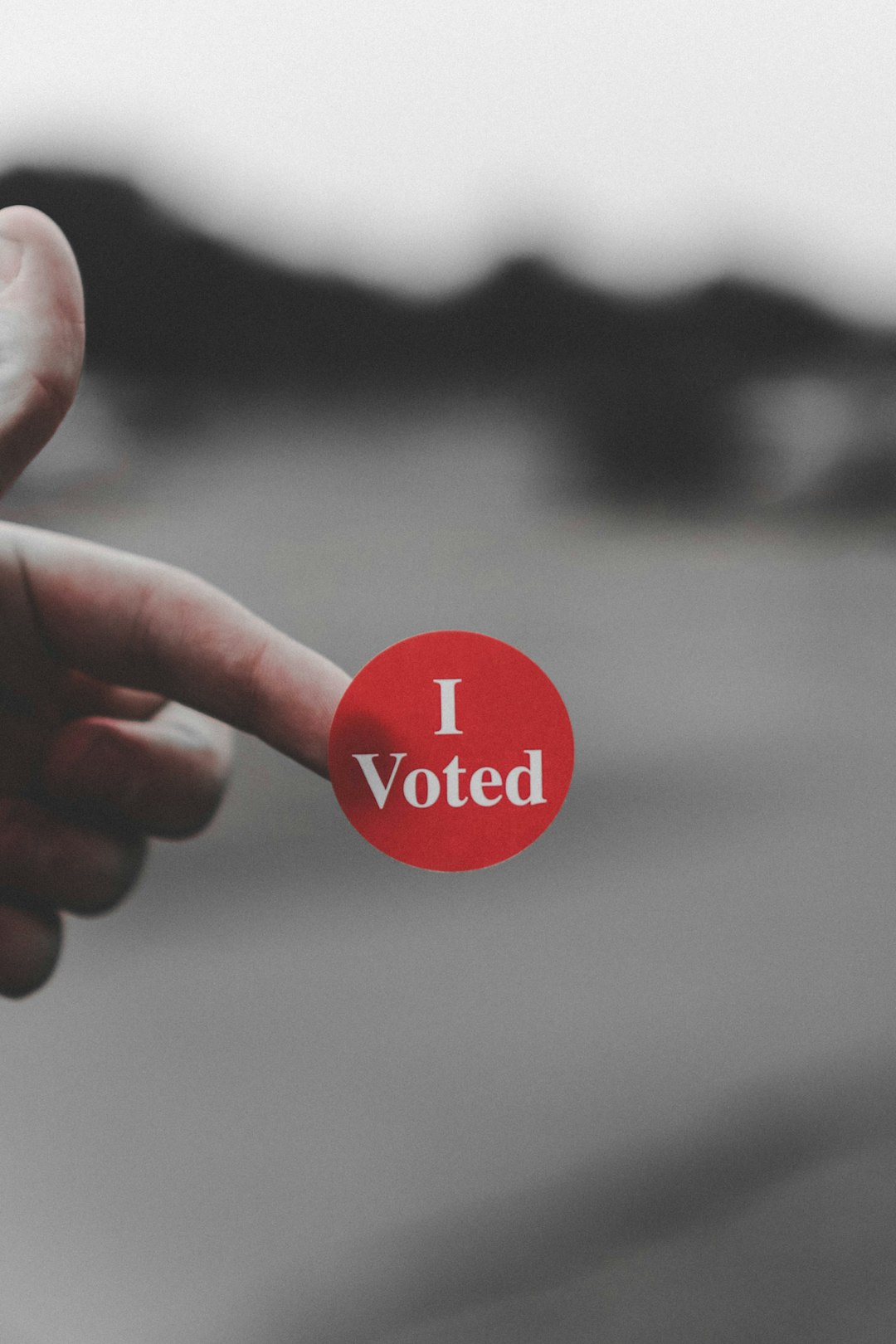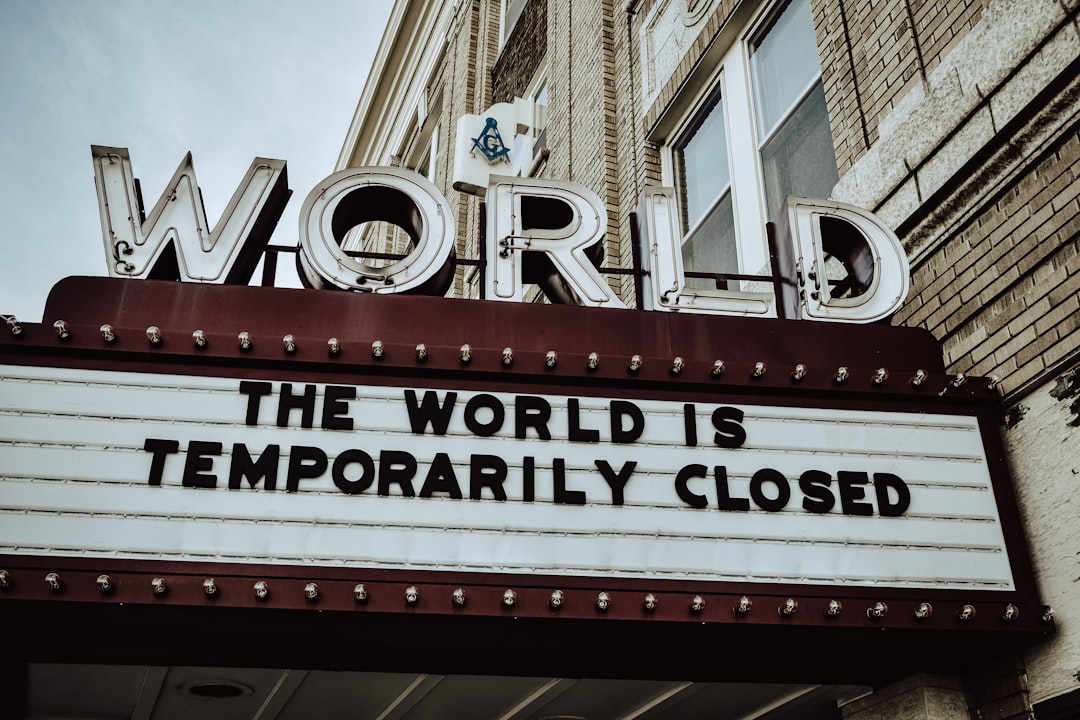
Understanding Sector-Specific Economic News for 2024
## Introduction. As we step into 2024, the business landscape is continuously evolving, influenced by technological advancements, geopolitical shifts, and changing consumer behavior. Staying abreast of sector-specific economic news can be pivotal for businesses, investors, and economists alike. This post aims to highlight the most relevant sectors to watch this year, explore the key economic trends impacting them, and provide insights on the implications for stakeholders. ## Technology Sector. The technology sector stands out as one of the most dynamic industries in 2024. Areas such as artificial intelligence (AI), cybersecurity, and cloud computing continue to thrive, driven by increasing demand for digital transformation across various businesses. AI is no longer just a buzzword; it has become mainstream, with companies seeking innovative solutions for automating operations and enhancing customer experience. In the realm of cybersecurity, threats have become more sophisticated, prompting businesses to significantly invest in this area to protect sensitive data. According to recent reports, the global cybersecurity market is expected to grow exponentially, fueled by rising concerns over data breaches. As technology becomes more ingrained in daily life, the demand for robust cybersecurity measures continues to soar. Furthermore, cloud computing remains a cornerstone for businesses aiming for scalability and flexibility. The ongoing shift towards remote work necessitates reliance on cloud services, and the demand for hybrid cloud solutions is on the rise. Keeping an eye on the tech sector's trends will be indispensable for understanding broader economic shifts for 2024. ## Health Sector. The health sector is poised for significant evolution in 2024, particularly in the wake of ongoing challenges presented by global health crises. Telehealth services have surged in popularity, with healthcare providers and patients embracing virtual consultations and remote monitoring. This sector's adaptability has created a resilient framework poised to cater to the evolving needs of patients. Pharmaceutical and biotech companies are also at the forefront, showcasing innovations in drug development and vaccine delivery. The emphasis on personalized medicine and the growing trend of health tech integration—such as wearables and mobile health apps—will significantly shape the future of healthcare. Investors focusing on health technology innovations should keep a close watch on regulatory changes, which can dramatically affect market landscapes. ## Renewable Energy Sector. As the world confronts the urgent need to combat climate change, the renewable energy sector is expanding rapidly in 2024. With governments worldwide committing to carbon neutrality and sustainable energy sources, investments in solar, wind, and other renewable technologies are poised for growth. Firms operating in the electric vehicle (EV) market are also expected to thrive, driven by increasing global investment and innovation. The shift toward green energy mandates a reevaluation of both manufacturing processes and energy consumption patterns. Additionally, developments in energy storage technology, such as advancements in battery technology, will play a crucial role in determining how effectively renewable energy can meet global demands. Stakeholders in the energy sector must remain adaptable to leverage these opportunities. ## Consumer Goods Sector. 2024 is projected to bring shifts in consumer behavior, significantly impacting the consumer goods sector. With sustainability becoming a key concern for consumers, brands perceived as eco-friendly are likely to gain market share. Companies will need to rethink their supply chains, focusing on transparency and sustainability practices to meet consumer expectations. The impact of digital transformation in retail will continue to reshape how consumer goods are marketed and sold. E-commerce, especially, will see sustained growth as more consumers prefer online shopping for its convenience. Businesses that can effectively leverage data analytics to understand consumer preferences and behaviors are likely to excel in this ever-competitive marketplace. ## Financial Services Sector. The financial services sector is navigating a landscape marked by rapid technological innovation, regulatory shifts, and changing consumer preferences in 2024. Fintech companies are disrupting traditional banking, offering streamlined services and increased accessibility. This year will further emphasize digital currencies and blockchain technology, as central banks experiment with Central Bank Digital Currencies (CBDCs). Moreover, the impact of inflation and interest rate changes will lend uncertainty to traditional financial markets. Investors should pay attention to government policies and economic indicators to gauge the sector's performance accurately. Building a well-structured investment strategy will require agility in responding to shifts in this complex financial landscape. ## Conclusion. In conclusion, understanding the nuances of sector-specific economic news is essential for making informed decisions in 2024. The technology, health, renewable energy, consumer goods, and financial services sectors exhibit unique trends that will significantly influence the broader economic environment. By staying well-informed, stakeholders can position themselves strategically to leverage opportunities and mitigate risks in the dynamic market landscape. .







